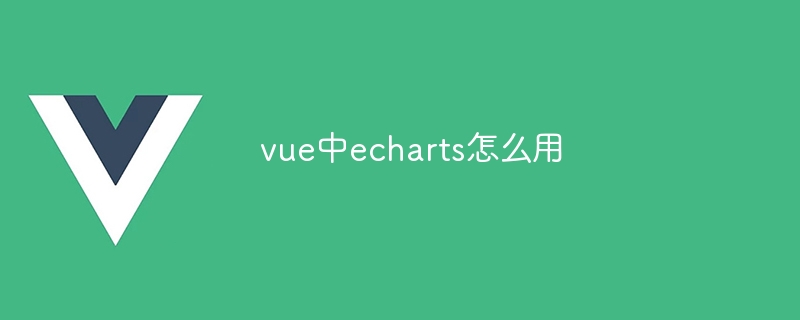
Using ECharts in Vue makes it easy to add data visualization capabilities to your application. Specific steps include: installing ECharts and Vue ECharts packages, introducing ECharts, creating chart components, configuring options, using chart components, making charts responsive to Vue data, adding interactive features, and using advanced usage.

Using ECharts in Vue
ECharts is a powerful visualization library for creating interactive and Beautiful charts. Using ECharts in your Vue application makes it easy to add data visualization capabilities.
Install ECharts and Vue ECharts
First, you need to install the necessary npm packages:
npm install echarts --save npm install vue-echarts --saveIntroduce ECharts
In the Vue project, introduce ECharts and Vue ECharts in themain.jsfile:
import * as echarts from 'echarts' import VueECharts from 'vue-echarts' Vue.component('v-chart', VueECharts)Create a chart component
Create a Vue components to encapsulate ECharts charts:
Use chart components
Use chart components in other Vue components:
Configure charts Options
Configure chart options in thesetOptionmethod. Available options include chart type, data, style, and interactive behavior.
With Vue data responsiveness
Chart component and Vue data responsiveness. When the data changes, the chart will automatically update.
Interactive Charts
ECharts provides powerful interactive features such as zoom, pan, prompts and data selection. These interactions can be enabled by using the API provided by ECharts.
Advanced Usage
ECharts also supports more advanced usage, such as custom themes, extending components and rendering using WebGL. This provides greater flexibility to create visualizations that meet specific needs.
The above is the detailed content of How to use echarts in vue. For more information, please follow other related articles on the PHP Chinese website!